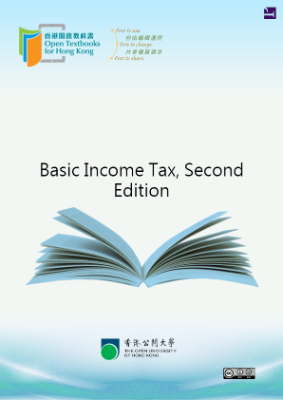What is Four Corners Analysis?
6-7 minutes
The Four Corners Analysis, developed Michael Porter , is a model well designed to help company strategists assess a competitor’s intent and objectives, and the strengths it is using to achieve them. It is a useful technique to evaluate competitors and generate insights concerning likely competitor strategy changes and determine competitor reaction to environmental changes and industry shifts. By examining a competitor’s current strategy, future goals, assumptions about the market, and core capabilities, the Four Corners Model helps analysts address four core questions:
Motivation – What drives the competitor? Look for drivers at various levels and dimensions so you can gain insights into future goals.
Current Strategy – What is the competitor doing and what is the competitor capable of doing?
Capabilities – What are the strengths and weaknesses of the competitor? Management Assumptions – What assumptions are made by the competitor’s management team?
From there, you can identify a competitive strategy that manoeuvres around the rival’s objectives and strengths, and that plays to your company’s capabilities.
Advantage of Porter’s Four Corners Analysis
Porter’s Four Corners tool has been around for a long time and it’s earned a place for itself as a useful and respected management tool. The real advantage of this approach is:
- Try to get inside the mind of the opposition
- Explore the beliefs and assumptions of your competitors.
- Use past behavior to predict future action, but actively tries to see if there is likely to be a shift in their strategy.
Components of Four Corners Analysis
The four corners refer to the four elements that are critical in analyzing a market rival, including independently and collectively assessing its: drivers / future goals, management assumptions, strategy and capabilities. Unlike the other static models (i.e. SWOT Analysis ) that they don’t actually help the analyst understand what would motivate a competitor to take particular actions, the four corners method was developed to capture insights about what competitors plan to do from the present forward. Now, let’s take a look of the four component of the analysis:
Drivers
Analyzing a competitor’s goals assists in understanding whether they are satisfied with their current performance and market position. This helps predict how they might react to external forces and how likely it is that they will change strategy. We may brainstorm by considering the following points:
- What is it that drives them forwards
- What is it that drives them to compete?
- How does this motivate and shape their strategy?
Management Assumptions
The perceptions and assumptions that a competitor has about itself, the industry and other companies will influence its strategic decisions. Analyzing these assumptions can help identify the competitor’s biases and blind spots. We may brainstorm by considering the following points:
- What do they believe about themselves and the world in which they operate?
- What assumptions have they made about their own strengths and weaknesses in relation to their competitors?
- Is this likely to make their strategy proactive or reactive?
- Aggressive, or defensive?











